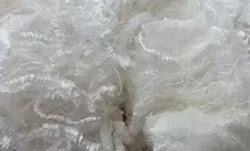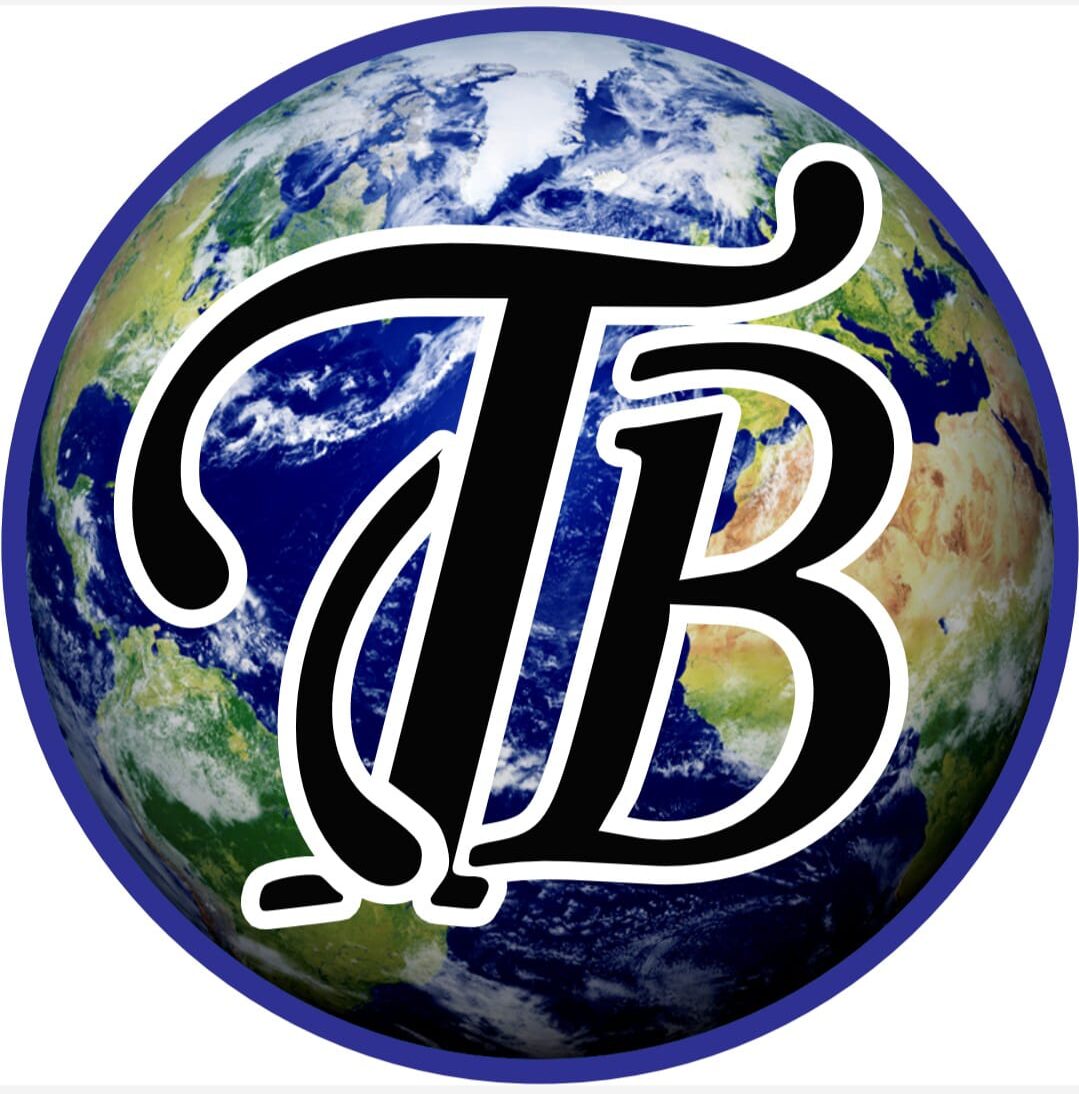Most Common Man Made Fibers

List of some major fibers used in textile industry along with their description and properties.
Bamboo Fiber
This fiber is made from the inner pith of the bamboo stalk. Bamboo fiber will not break down like other fibers, so it’s perfect for making cloth that won’t wear out as quickly. It’s also hypoallergenic and completely biodegradable
Hemp Fiber
It is considered to be one of the most versatile plant fibers on earth. Hemp is a renewable resource, which can be grown without depleting the soil or contaminating the water supply. Hemp fibers are soft and pliable and work well with a variety of fabrics, such as cotton, linen, wool, and silk. The strength of hemp is comparable to that of cotton, however its natural resistance to pests and rot makes it ideal for clothing.
Most Common Man Made Fibers
Hemp fiber is one of the oldest plant fibers in history, dating back over 12,000 years. It was used for clothing, paper and a host of other items. Hemp is verifiably renewable and produces hemp fiber processing machines on a large scale.
Hemp fiber is soft and warm, without the static of other fibers. It has even been compared to cashmere due to its tactile nature. The fiber itself can be used for making clothes and other pieces of clothing or furniture items, or can be mixed with another fiber such as cotton to form a yarn that you weave into your favorite project.
Lyocell Fiber
Lyocell fiber, Eco-friendly and very soft. This fiber has a silky feel, is fast wicking and dries quickly. The dyeable lyocell fiber can resist staining better than some other types of synthetic fibers.
Lyocell fiber, not to be confused with viscose fiber, is simply a renewable, cellulosic and biodegradable fiber derived from renewable resources like corn husks. Lyocell fibers have more than 80% of its total weight as cellulose and can contain up to 30% protein (by weight). The lyocell yarn can have different varieties such as golden yellow, off-white and white.
Lyocell is a textile fiber made from wood pulp, extracted from eucalyptus trees. It is spun into yarn and woven for various clothing items such as T-shirts and pants.
Corn Fiber
Corn fiber is produced from corn after the milling process. The main polysaccharide is called starch, which is composed of long chains of glucose units, and cut into pieces with several types of adjuncts. Corn fiber has a polarity in the degree than starch.
Most Common Man Made Fibers
Banana Fiber
Banana fiber is soft and very fine in texture, making it ideal for delicate yarns. It is also extremely absorbent, which means that it holds more moisture than many other fibers.
Ramie Fiber
It is made from the leaves of the ramie plant, a plant native to Asia. Ramie can be spun into strong, coarse yarns and woven into fabrics on looms. It is used in wearable textiles both for its strength and softness.
Ramie fabric, or Ramie-Cotton, is a traditional Asian fabric that consists of 100% ramie (a natural fiber) long staple cotton yarns woven into a wide-width cotton textile. This naturally dyed fabric has a high degree of softness and durability
Flax or Linen Fiber
Linen fiber is the fiber obtained from the seeds of flax. Flax or linen fiber is a natural fiber that behaves like viscose, but is not as soft. It has a shine, much like silk but with less weight. Flax or linen fiber can be crafted into yarns or textiles and is used in many applications including men’s wear; fabrics for baby dressings and liners; home furnishings; upholstery; drapery fabric; upholstery and headwear; apparel and accessories; bedding items such as mattresses and pillows
Jute Fiber
This fiber is the most abundant natural fiber of Bangladesh. Jute staple fiber is produced by retting and dissolving the jute fibers in water. The resulting suspension of cellulose hydrocolloids is then beaten together with a mechanical roller at high speed, becoming a dense, compressed web or sheet which is thinner than human hairs. Jute fiber is used in textile industries for yarn production. Jute fiber is used to make rope and twine, including sail rope and gaskets. It is also used in the expression paper industry as insulation.
Wool Fiber
It is a natural fiber which has been used for centuries as an essential textile and now suits many different purposes. Wool is important in quality textiles because it insulates, protects against cold and hot temperatures and prevents itchy skin. It can also be dyed in various shades of color depending on the manufacturer.
Wool fiber is a fiber obtained from the fleece of an animal, mostly sheep, but also goats and alpacas. This fiber is traditionally used to make cloth, but can also be used in other textile applications. Wool fibers are often harvested from sheep shearing during the autumn, when they shed their fur.
Wool is the most valuable natural fiber in the world. It’s used for making cloth, clothing, insulation, and even high-end carpets and rugs. Wool fibers must be treated to protect them from pests and mildew.
Coolmax Fiber
Coolmax fiber is specially designed to help you stay cool and maintain a comfortable temperature while you work out, or play sports. The porous surface allows perspiration to ventilate, while the low-density structure retains warmth without soaking up moisture. Coolmax is lightweight, breathable, and odor resistant—everything you need to stay cool while working hard.
Coolmax fiber is a high-performance microfiber material used in thousands of everyday products. It’s been a best seller for decades, and is still our most popular fiber!
Coolmax fiber is a striking innovation and the ultimate textile fiber. It’s woven into a durable ground cloth fabric which feels soft, breathable and comfortable against the skin in a variety of textile applications.
Hollow Fiber
Hollow fiber is a product manufactured from internal and external cotton linters or flax fibers. They are packaged in different ways to suit the end use and application: hollow, elongated, coreless, microporous and catalytic etc.
Lotus Fiber
This fiber is made with the stem of lotus. Lotus fiber fabric is a flexible fiber composed of 60% polyester, 25% silk and 15 % merino wool. The end use of Lotus fiber is primarily used in production of fine knit fabrics such as yarn balls, yarn roving and weaving.
Pineapple Fiber or Pina Fiber
Pineapple fiber is made or extracted from the pine apple leaves. Another name used for this fiber is Pina Fiber.
Nano Fiber
Nano fiber is synthetic fiber with a very fine structure. It is a carbon fiber with less than 100 diameter.
Micro Fiber
Micro fiber is a fiber with less than 1 Denier. This is the among the thinnest fiber being used in textile industry. Micro fiber is mostly made with Polyester and Polyamide. The end use of micro fiber is towel and cleaning accessories. The fabrics made with this fiber are commonly used for cars and glass cleaning as it has the ability to pick up the smallest pieces of dust.
Milk Fiber
This fiber is a product made with bio engineering and wet spinning process. Milk is initially dehydrated and then this fiber is extracted from its proteins. Its end use is mostly kids garments and fine quality under garments. This fiber can be mixed with several fibers like cotton, silk, wool Etc.
Viscose Fiber / Rayon Fiber
This is among the major man-made fibers being used in textile industry. Viscose Staple Fiber or Rayon fiber is regenerated form of weed pulp. This fiber is attained after a certain process. It is semi synthetic fiber. Technically it is regenerated cellulose.
Several types of yarns are made with it for both knitting and weaving purposes. These yarns may contain blends of viscose with many other fibers like cotton, polyester staple fiber, wool, acrylic fiber, bamboo fiber etc.
